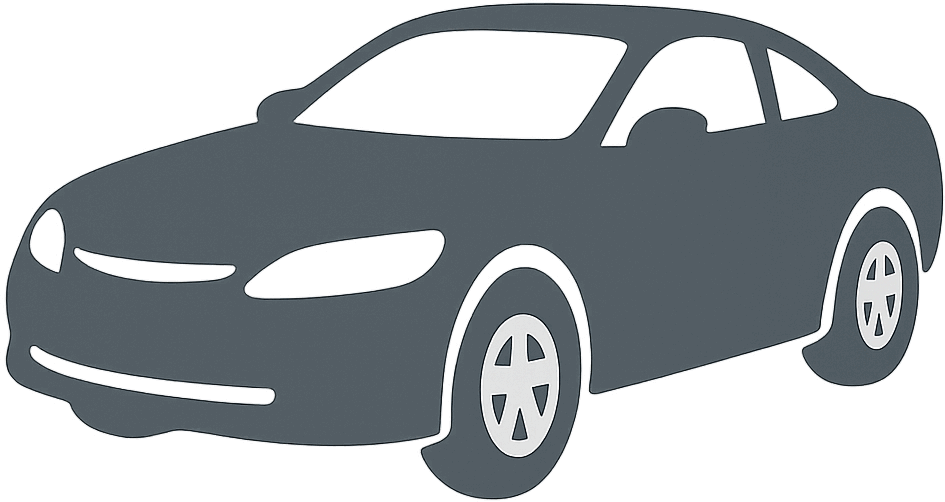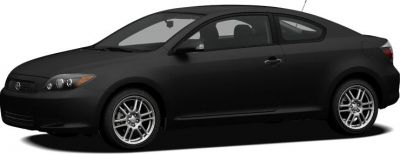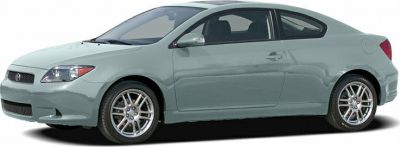 2020 Hyundai i30 III Fastback (facelift 2020) Dimensions, Size & Specs
2020 Hyundai i30 III Fastback (facelift 2020) Dimensions, Size & Specs
Measurements of the 2020 Hyundai i30 III Fastback, engineered for optimal performance and comfort
| Dimensions | |
|---|---|
| Length: | 4455 mm175.4 in14.6 ft |
| Width: | 1795 mm70.7 in5.9 ft |
| Height: | 1425-1445 mm56.1-56.9 in4.7-4.7 ft |
| Trunk Capacity: | 436-450 liter15.4-15.9 cu ft |
| Trunk Capacity (Max): | 1337-1351 liter47.2-47.7 cu ft |
| Weight Specifications | |
| Curb Weight: | 1240-1474 kg2734-3250 lbs |
| Maximal permitted Weight: | 1820-1980 kg4012-4365 lbs |
| Roof Load: | 80 kg176 lbs |
| Tire Specifications | |
| Rims Size: | 19-inch rims:
|
| Tire Size: |
|
The Hyundai i30 III Fastback facelift introduced in 2020 offers a refined and stylish coupe variant of the popular i30 series, produced continuously through to 2024. This generation of the i30 Fastback combines sleek design with practical dimensions, ideal for drivers seeking a sporty yet functional compact coupe. The vehicle measures 4455 mm (175.4 inches) in length and 1795 mm (70.7 inches) in width, with height varying between 1425 mm and 1445 mm (56.1 to 56.9 inches) depending on configuration. Its curb weight ranges from 1240 kg to 1474 kg (2734 to 3248 lbs), reflecting different trims and equipment options, while the maximum weight spans from 1820 kg to 1980 kg (4012 to 4367 lbs), indicating a solid build suitable for everyday driving demands.
Cargo capacity in the Hyundai i30 III Fastback is notably versatile for a coupe. The luggage space measures between 436 and 450 liters (15.4 to 15.9 cubic feet) with rear seats up, ensuring ample room for daily errands or weekend trips. Folding down the rear seats boosts cargo capacity dramatically to between 1337 and 1351 liters (47.2 to 47.7 cubic feet), allowing for larger loads and improved utility. The roof load capacity is rated at 80 kg (176 lbs), which supports additional storage options such as roof boxes or sports equipment.
This facelifted model rides on 19-inch rims sized at 8.0J x 19 and is equipped with performance-oriented tires sized 235/35 R19 Y, enhancing both handling and visual appeal. Overall, the Hyundai i30 III Fastback (2020 facelift) represents a balanced blend of sporty aesthetics, efficient use of space, and dynamic road presence, making it a compelling choice in the compact coupe segment.
Discover the standout features that make the 2020 Hyundai i30 III Fastback a leader in its class
Have a question? Please check our knowledgebase first.
The Hyundai i30 III Fastback (facelift 2020) measures 4455 mm (175.4 inches) in length, 1795 mm (70.7 inches) in width, and its height varies between 1425 mm to 1445 mm (56.1 to 56.9 inches), depending on the specific trim and optional equipment. These dimensions give it a sleek coupe silhouette, combining sporty styling with practical proportions suitable for everyday driving.
The curb weight of the Hyundai i30 III Fastback (facelift 2020) ranges from 1240 kg to 1474 kg (2734 to 3248 lbs), depending on the engine and trim specification. The maximum gross vehicle weight ranges from 1820 kg to 1980 kg (4012 to 4365 lbs), which includes the maximum load of passengers, luggage, and any additional equipment. This weight range reflects the vehicle's balance between sporty design and everyday usability.
The Hyundai i30 III Fastback (facelift 2020) offers a practical luggage capacity of 436 to 450 liters (15.4 to 15.9 cubic feet) when the rear seats are in use. This space is sufficient for everyday groceries or weekend luggage. When the rear seats are folded down, luggage capacity expands to between 1337 and 1351 liters (47.2 to 47.7 cubic feet), providing significantly more space for larger items, making it versatile for trips requiring more cargo space.
Yes, the Hyundai i30 III Fastback (facelift 2020) will comfortably fit into a standard garage. Typical single-car garages are around 2.4 to 2.7 meters (7.9 to 8.9 feet) wide and about 5.0 to 5.5 meters (16.4 to 18 feet) deep. With the i30 Fastback's width of 1795 mm (70.7 inches) and length of 4455 mm (175.4 inches), it leaves ample room on all sides for easy parking and maneuvering, even when accounting for mirrors and some additional space around the vehicle.
Compared to its predecessor, the Hyundai i30 II Fastback, the facelifted i30 III Fastback (2020) is slightly larger and more streamlined. The i30 III Fastback features an increased length of 4455 mm (175.4 inches), which is generally an increment from the previous generation's approximately 4400 mm (173.2 inches). Width has also been marginally increased to 1795 mm (70.7 inches). These dimensional changes contribute to a more modern and sporty profile, enhanced interior space, and improved aerodynamics without significantly increasing the vehicle's footprint.
The Hyundai i30 III Fastback falls comfortably within the compact coupe segment. Its length of 4455 mm (175.4 inches) and width of 1795 mm (70.7 inches) are competitive compared to rivals like the Volkswagen Golf GTI or Mazda3 Hatchback. While some competitors may be slightly longer or wider, the i30's dimensions strike a good balance between sporty styling and usability. Its relatively low height of around 1425-1445 mm (56.1-56.9 inches) adds to its sleek coupe design, setting it apart visually while remaining practical.
The Hyundai i30 III Fastback (facelift 2020) is equipped with 8.0J x 19-inch rims paired with tire sizes 235/35 R19 Y. This combination of wider tires and larger 19-inch wheels enhances the car's sporty stance and improves grip and handling dynamics. The low profile tires (35 aspect ratio) contribute to precise steering response, making it suitable for drivers looking for a sportier driving experience.
The roof load limit for the Hyundai i30 III Fastback (facelift 2020) is 80 kg (176 lbs). This means the total weight of any roof-mounted accessories, such as roof boxes, bike racks, or roof bars, combined with the cargo inside them, must not exceed this limit. Staying within this limit is crucial to maintain vehicle stability, avoid damage to the roof structure, and ensure safe handling during driving.
The curb weight of the Hyundai i30 III Fastback (facelift 2020) varies between 1240 kg and 1474 kg (2734 to 3248 lbs) depending on the engine choice, trim level, and optional equipment. Lower curb weight tends to improve fuel efficiency and acceleration, while higher trims with added features may weigh more, resulting in slightly reduced fuel economy but offering enhanced comfort and technology. Overall, the i30 Fastback balances these factors well to provide an engaging yet efficient drive.
Yes, the Hyundai i30 III Fastback (facelift 2020) offers a luggage capacity between 436 and 450 liters (15.4 to 15.9 cubic feet) with the rear seats up, which is competitive in the compact coupe segment. This space is sufficient for typical family needs such as grocery shopping, school bags, or weekend trips. When more cargo space is required — for example, during vacations or when carrying larger items — folding the rear seats increases the capacity to between 1337 and 1351 liters (47.2 to 47.7 cubic feet), making the vehicle versatile for most family usage scenarios.
Discover similar sized cars.

| Production: | 2007-2010 |
|---|---|
| Model Year: | 2008 |
| Length: | 4420 mm174.0 in |
| Width: | 1755 mm69.1 in |
| Height: | 1415 mm55.7 in |

| Production: | 2004-2007 |
|---|---|
| Model Year: | 2005 |
| Length: | 4420 mm174.0 in |
| Width: | 1755 mm69.1 in |
| Height: | 1415 mm55.7 in |
